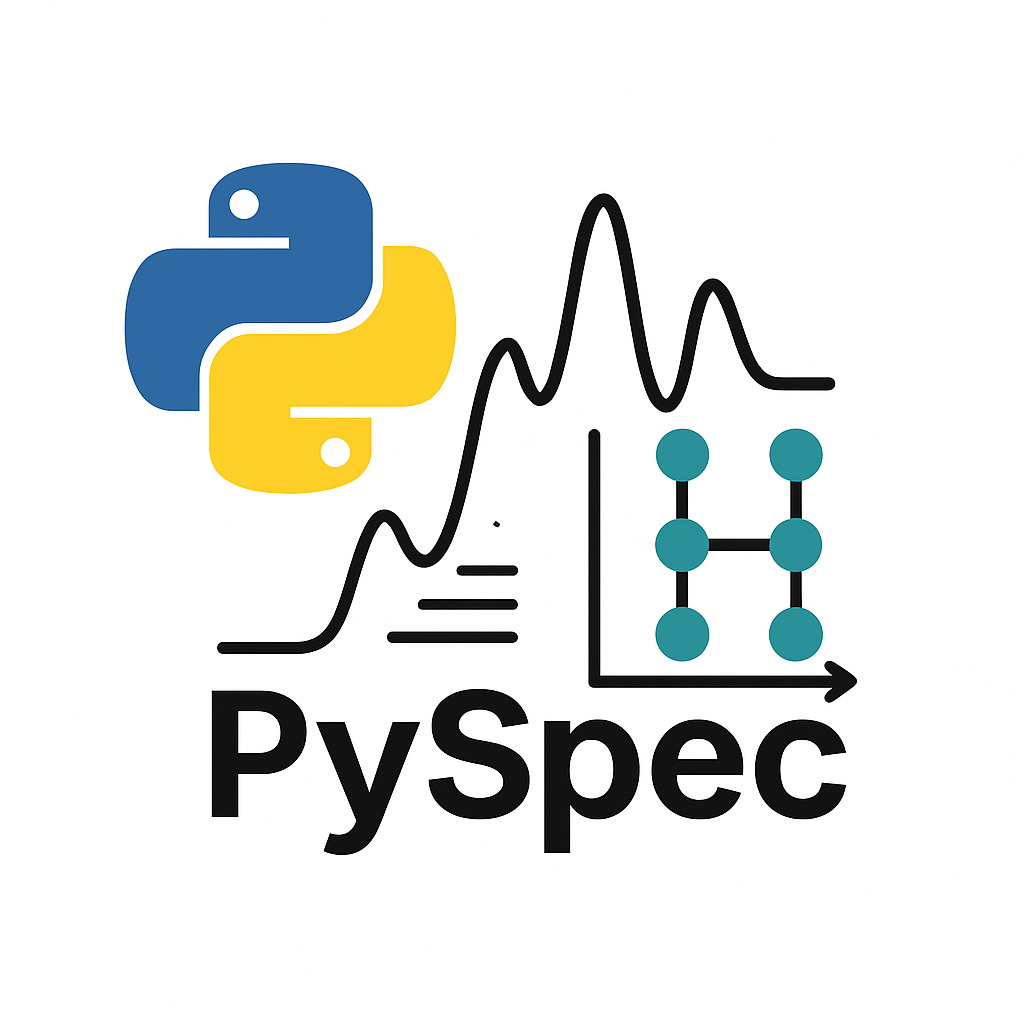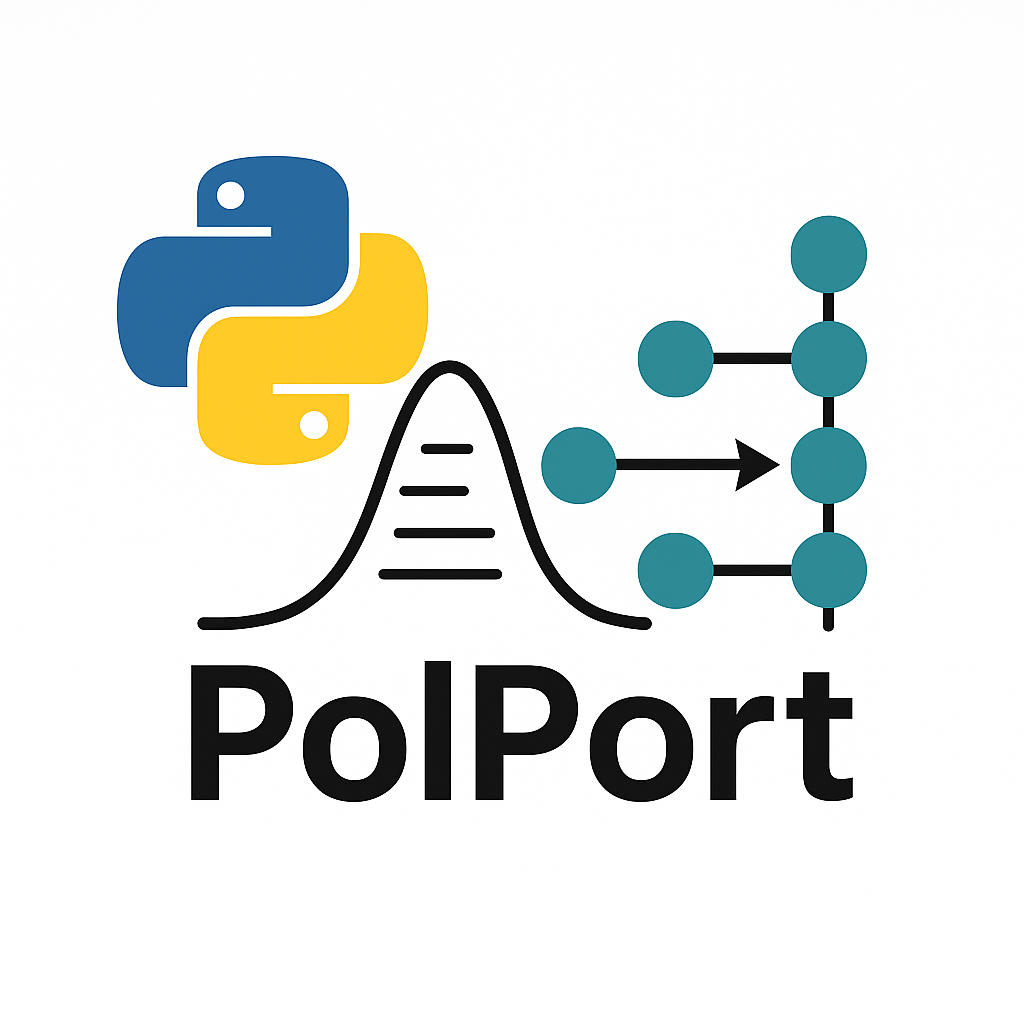PySpec
This is a package to simulate linear and nonlinear spectra of exciton-polariton systems within the Partial Linearized Density Matrix (PLDM) framework. This uses efficient sparse description of the system Hamiltonian (specially for Holstein Tavis Cummings model) to compute the rotation of state vectors. It further uses subspace shifted Chebyshev Polynomial expansion for electronic propagation which is very much faster than the usual Runge-Kutta or velocity verlet like propagater for known bounds of spectral radius for different manifolds. The code also uses mpi4py for parallelization across nodes. For efficient simulation of 2DES, further vectorization over trajectories is also possible along with the usage of GPU resources via cupy and TensorFlow.
MQC-Suite
This package contains various Mixed Quantum Classical Dynamics methods. The reduced density matrix for any system bath model can be computed for a given description of the system Hamiltonian and system-bath coupling. The MQC methods include Mean Field Ehrenfest (MFE), Partial Linearized Density Matrix (PLDM), γ-SQC (Symmetric Quasiclassical dynamics), spin-LSC (Linearized semiclassical dynamics), spin-PLDM, Surface Hopping and Mappin Approach to Surface Hopping (MASH). All the methods have been heavily optimized with Jit-in-time (jit) complitation functionality of Numba. Further for each of these methods, we provide a parallelized version (with mpi4py) for SLURM systems.
Polport
This is a python package to perform transport simulations in large Exciton-Polariton systems with many molecules and cavity modes. The code is optimised to perform Ehrenfest dynamics for the Generalized Holstein Tavis Cummings Hamiltonian describing each molecule with its own independent bath. The light-matter coupling is efficiently and accurately described using Fast Fourier Transform (FFT) Routine and the electronic propagation is efficiently performed via shifted Chebyshev Polynomial expansion. The package also can easily perform O(104) trajectories each having O(106) molecules coupled to O(104) cavity modes. A parallel version for the code is also available using mpi4py library and vectorized implementations are also available using pyTorch and TensorFlow.


